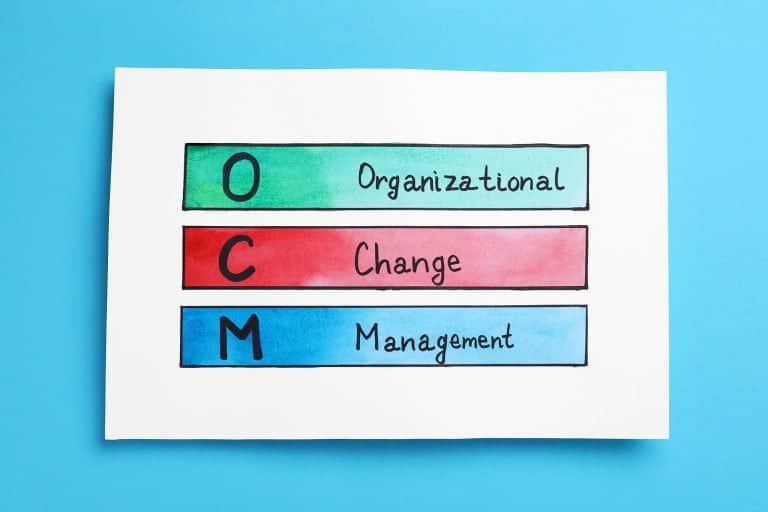Theory is not only boring – it is also ineffective if not applied correctly
Most professionals will agree that the insights we get from schools and studies are very basic skills, theoretical concepts, and options. Being good in theory by no means tells us about how to transfer these concepts into our day to day performance.
Table of Contents
ToggleThe real learning starts when being exposed to real life in a real job! And hopefully you will be able to link theory with practical application at the end. Successful application is at risk whenever a controlled environment or on-the- job support is missing.
Fundamental challenge
Authors like Daniel Kahneman (Thinking, Fast and Slow*) confirm that there are several psychological factors that influence our reasoning – especially when you are stressed and confronted with challenges that you may not have seen before.
One of the key insights he reveals to the reader is the System1 / System2 concept – essentially telling us that we, as human beings, always try to apply our existing knowledge and experience to a challenge that is presented to us. In doing so – subconsciously – we happily ignore available information to further clarify the issue at hand. The only way to prevent this from happening is to consciously probe for available information before jumping to conclusions.
Without a clear approach to troubleshooting any organization is going to suffer from an increase in technical complexity related to Internet of Things (IoT), Industry 4.0 or any Cloud based service or application.
The traditional answer is not sufficient
Troubleshooting skill providers largely agree that introducing a step-by-step method to troubleshooting addresses this challenge directly – still there remains a significant gap.
How to transfer the newly obtained theory into real life behavior?
The effectiveness of skill training is diminished whenever the newly obtained skills cannot be successfully applied in daily routine at least four times immediately following training. Something that is hard to control or achieve in most environments, either due to a lack of suitable applications or missing support for the first applications of the newly learned skills back at work. The consequence – only 20-40% of learners will successfully apply the new skills correctly.
The solution
Troubleshooting simulations – carefully designed to reflect real life challenges. These provide the safe-to-fail environments to successfully apply new troubleshooting skills or learn from mistakes, without the consequences of a live production environment.
Simulations bridge the gap between skill training and application, with scenarios representing a close-to-reality challenge. This allows learners to build confidence in applying new skills before hitting the “hot zone” again.
Who should consider the use of troubleshooting simulations
Basically, every individual or organization wanting to maximize their return on investment in troubleshooting skill development or anyone considering rolling out systematic troubleshooting behaviors within their process landscape.
Service Desks, Field Service, Technical Specialists, Incident Manager, Problem Manager, and Escalation Managers who want to shorten the time to proficiency or increase the collaboration and documentation capabilities can all benefit from employing simulation training in their organizations.
* Daniel Kahneman “Thinking ,Fast and Slow – Penguin Psychology ISBN 978-0-141-03357.0





